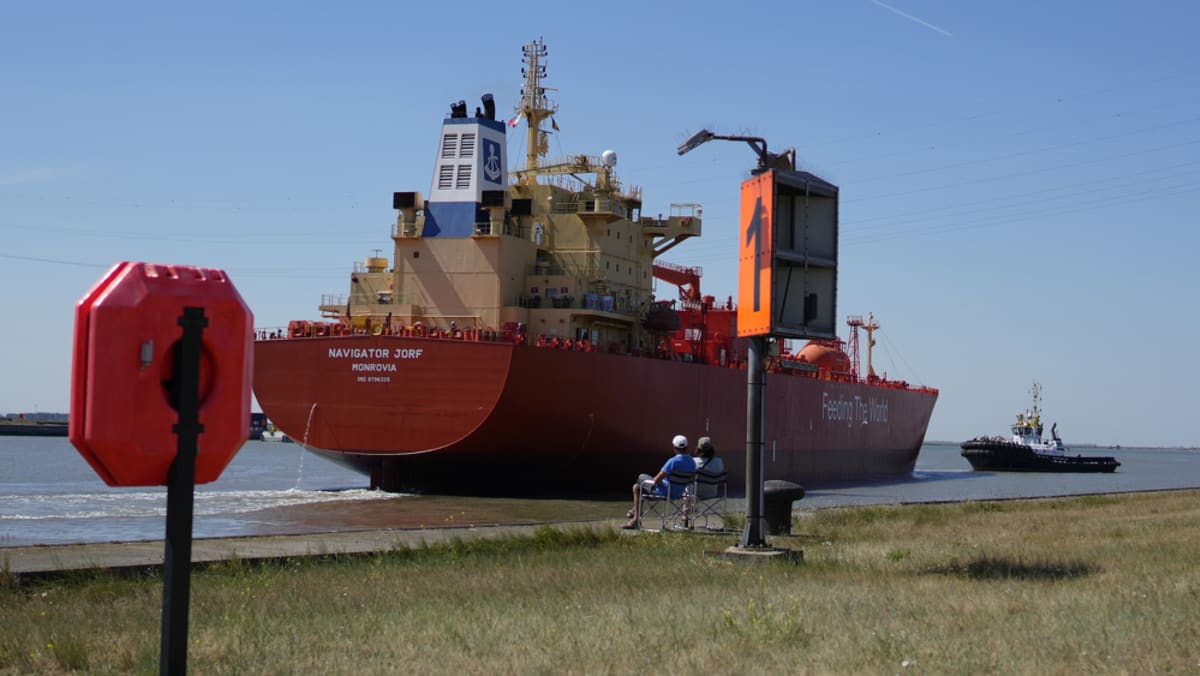However, Europe may soon have a big competitor in the race for these sought-after gas supplies.
“China used to be the biggest importer of LNG in 2021 before its zero-COVID policy forced them to really lock down the country, which caused a drop of something like 20 million tonnes. That was very favourable for the Europeans,” said energy policy analyst Philipp Lausberg of the European Policy Centre.
“Having China also coming in now and increasing their consumption will lead to a rise in prices that will probably have a negative effect on the European economy.”
The European Commission hopes its energy security efforts will outweigh this looming challenge.
Aside from its bet on LNG, the EU is ramping up investments in renewables and mandating gas consumption cuts.
“A year ago, Europe had a massive dependency on Russian fossil fuels built up over decades,” said European Commission president Ursula von der Leyen.
“This made us vulnerable to supply squeezes, price hikes and (Russian President Vladimir) Putin’s market manipulation. In less than a year, Europe has overcome this dangerous dependency.”
Wholesale gas prices in Europe have since calmed down.
In January, they dropped back to pre-war levels of roughly US$60 per megawatt hour, down from about US$350 in August last year.
A milder-than-expected winter has also left European gas storage levels healthier than once feared, after countries rushed to fill the hole left by Russian fossil fuels with gas from suppliers that are seen as more friendly, such as the United States, Norway and Egypt.
(Except for the headline, this story has not been edited by PostX News and is published from a syndicated feed.)

